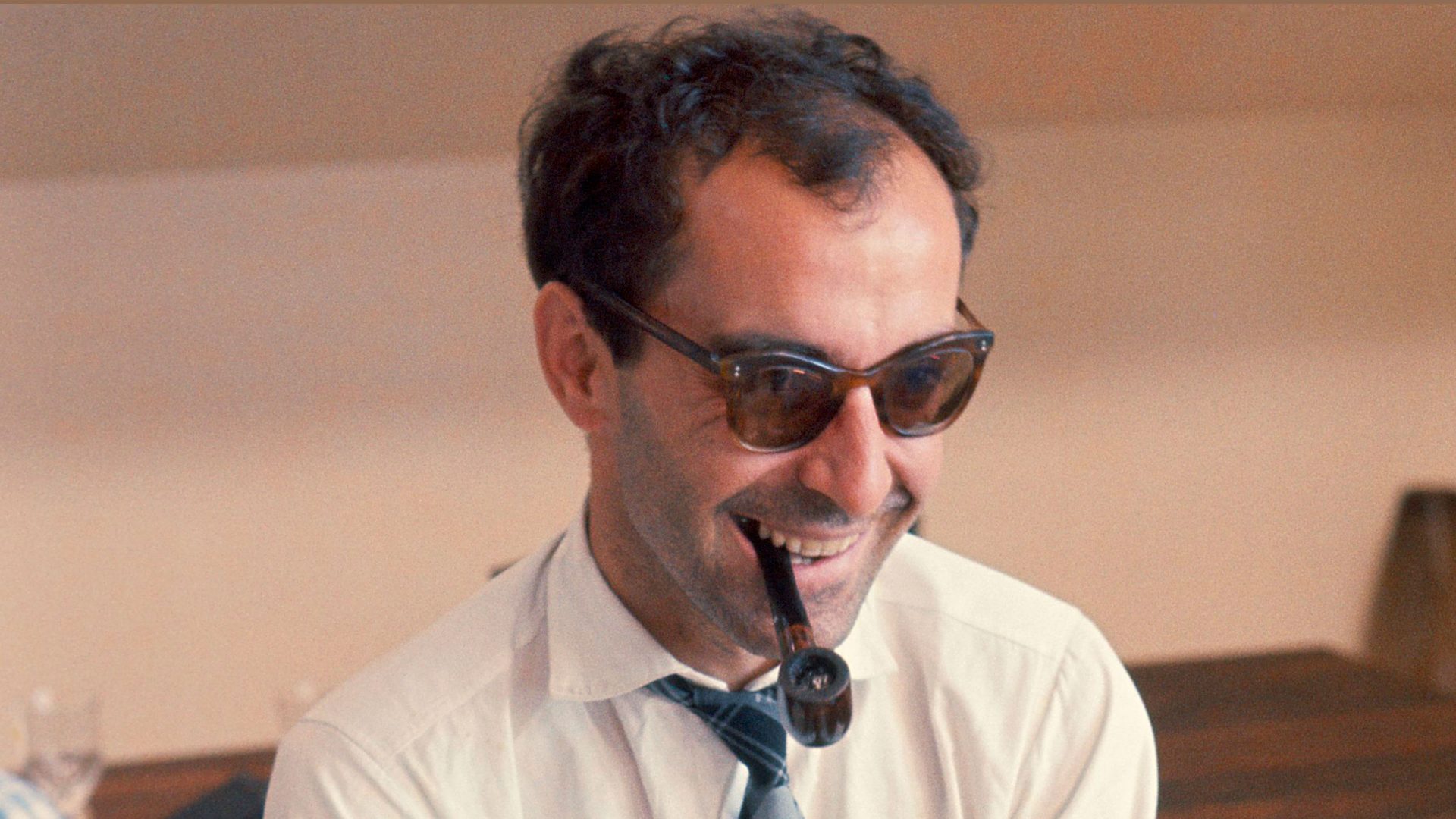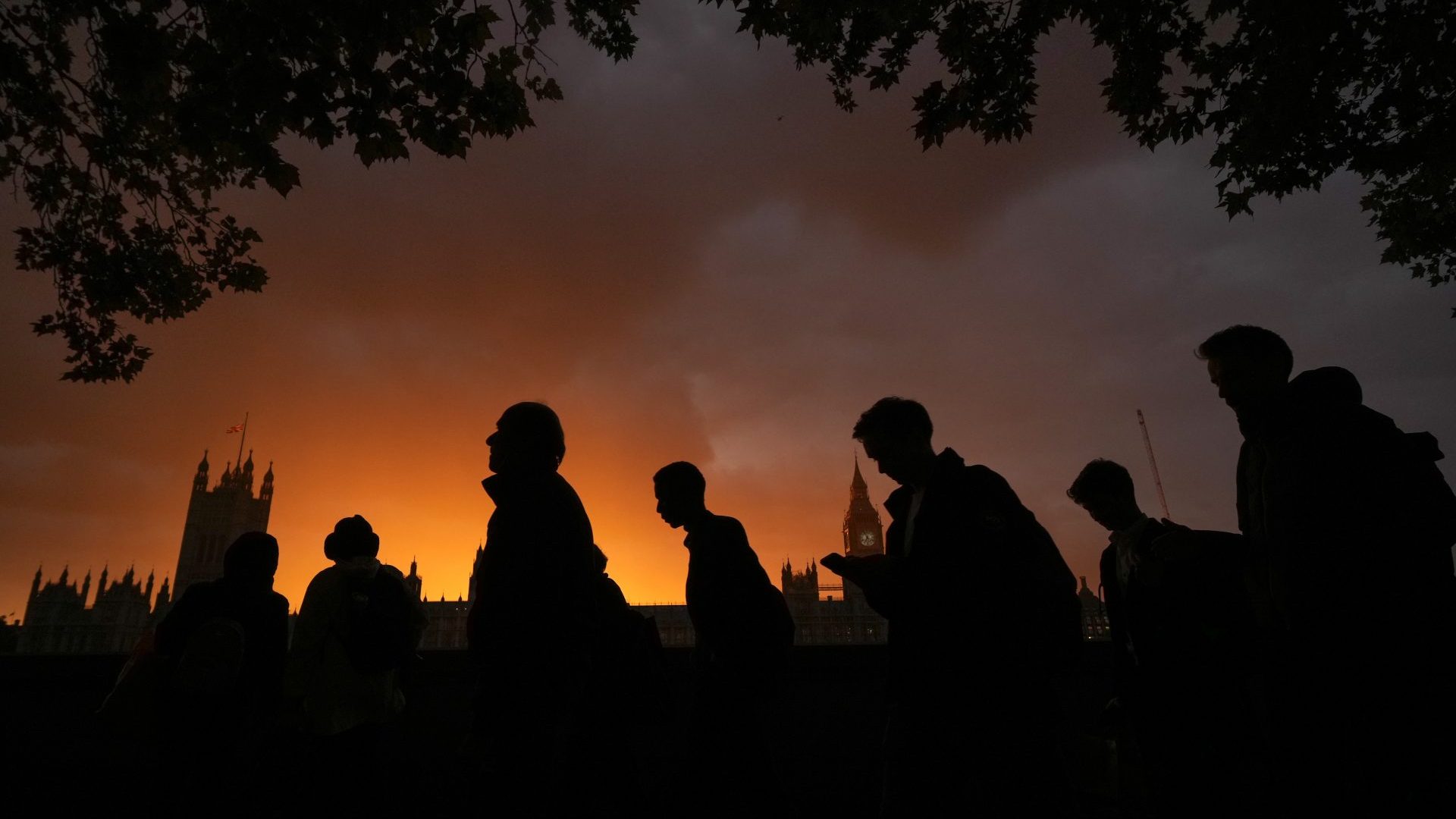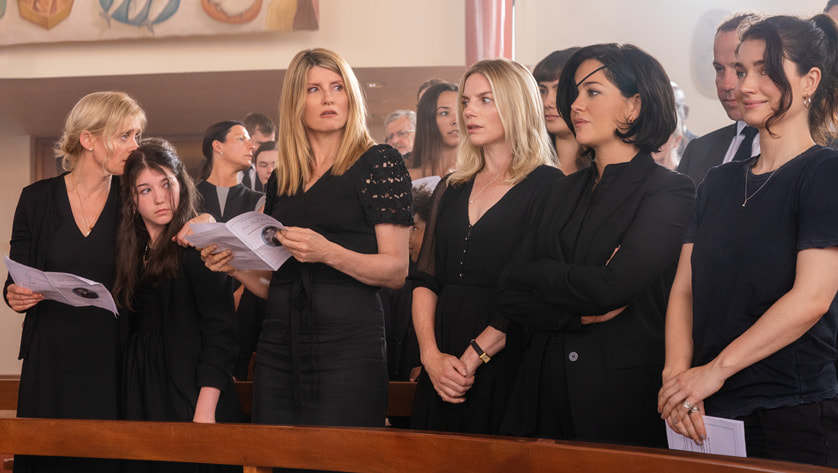Everyone’s got their own story about Jean-Luc Godard, the director who chose to end his life through assisted suicide last week, in Switzerland, at the age of 91. Committed to his own unique vision until the very last, Godard wouldn’t even give God the final cut.
His films, by which we tend to mean that spectacular run of movies from 1959 to 1968, spoke to and defined a generation and kept on influencing consequent generations of cinephiles, artists, critics and audiences for the next 60 years. Many of these films – À Bout de Souffle, Bande à Part, Une Femme est Une Femme, Pierrot le Fou – still feel fresher and more daring than anything being churned out today. Everyone’s got their favourite and everyone’s got their story, because when you watch these films, you feel like they’re talking directly to you.
And, of course, quite often that’s literally what they’re doing as characters break the fourth wall and stare at you down the lens, challenging you, flirting with you, seducing you, making you and you alone complicit in their adventures and thoughts. These movies feel like they’re being made up on the spot, that you’ve wandered into a room where a private conversation is going on, or that they’ve burst in on your space, like naughty children running through the hallowed halls of the Louvre.
I’m referring here to a scene in Bande à Part (or Band of Outsiders, as it’s commonly and dully translated), which doesn’t sound very rebellious really, but in the Paris of 1964 must have felt like the ultimate punk act. Thing is, people still try to do it today, trying to attempt the world record for running through the Louvre. Bertolucci pays homage to it in The Dreamers, with Eva Green. And, did you know, the most common thing a security guard does in the Louvre to this day isn’t guarding the Mona Lisa from flashing phones or squinting crowds but stopping visitors making the Bande à Part dash. I tried it myself in 1992, with two girls called Fiona and Erica, but I hadn’t warmed up and pulled a hamstring.
See. Everyone’s got their own Jean-Luc Godard story. I haven’t done a ring round of famous film-makers asking for their Godard stories. Other papers are full of that. Libération, the newspaper in France, had a 28-page special ready to go for the edition after his death was announced. That’s what he means to modern European culture, not just to cinema.
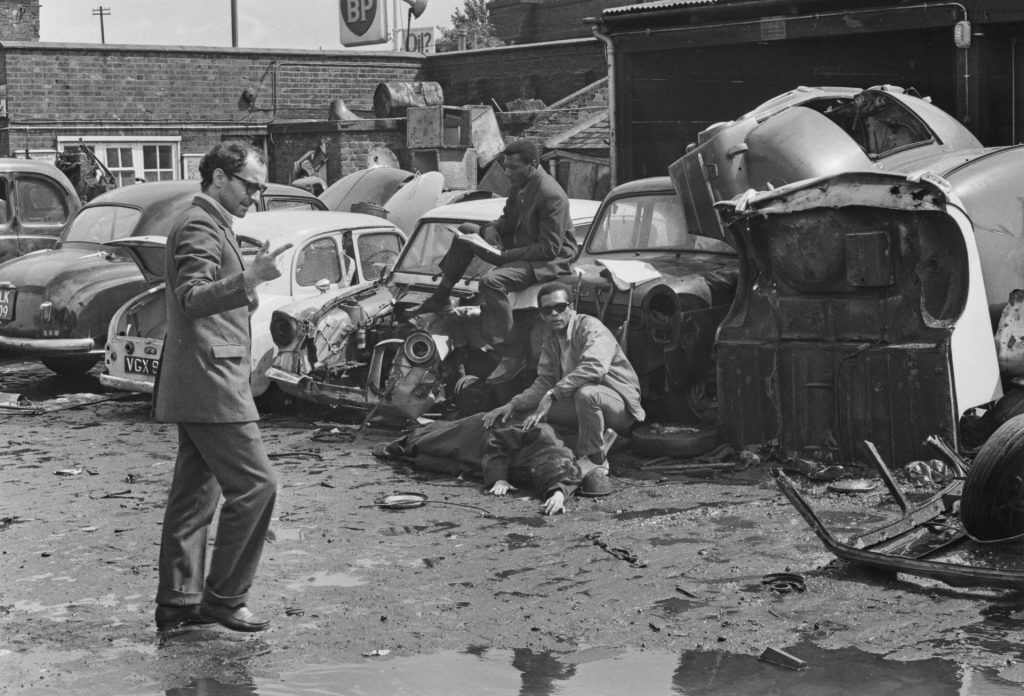
To illustrate a difference in cultures, though, I had to ring up the BBC and offer my pundit services. I was rebuffed at first; what with us still mourning the Queen, they said there was no room for Godard in the coverage. But I put a case for the man’s huge influence on contemporary society and, following the afternoon conference meeting, they did come back to offer me a slot, to their credit, on Radio 4’s PM programme and on the TV news. Still, Evan Davis called it À Bout de Soufflé and I don’t think he was joking. I just did a bit on Radio Scotland, too, and the presenter did the same. Oh well.
On YouTube, I’ve watched a Fast Show pastiche of the opening of Le Mépris, with Arabella Weir lying in for Brigitte Bardot – “est-ce que vous aimez mes cuisses?” – and Charlie Higson affecting a bored Michel Piccoli/Jean-Paul Belmondo hybrid character before Paul Whitehouse comes in and says – in French with subtitles, to be fair – Anyone Fancy a Pint?
It’s funny but it’s respectfully affectionate. Godard altered the language of cinema to such an extent that there still hasn’t been anyone to take things forward. They’re all gone now: Eric Rohmer, François Truffaut, Claude Chabrol and Jean-Luc Godard, that generation of Cahiers du Cinéma critics who became the bedrock of French cinema for the next 50 years. The Nouvelle Vague is dead but where is the new New Wave? These giants cast long shadows and not much grows in the shade.
But that’s not their fault. Godard’s cinema was simply not afraid, never apologetic. It was and remains challenging and defiant in every frame (remember, as he famously told us, there are 24 of these every second). He pokes and provokes, irritates and frustrates. You might call it utterly pretentious if only it weren’t also totally authentic. I’m thinking of Le Mépris again, not just because of Bardot on the bed and that stunning modern villa on the rocks of Capri. What about the opening titles, which are read out by a narrator rather than written on the screen. Just that little gesture is impish, almost childishly naughty, but nobody’s done it again or done it better. His iconoclasm was such that they couldn’t put cinema together again.
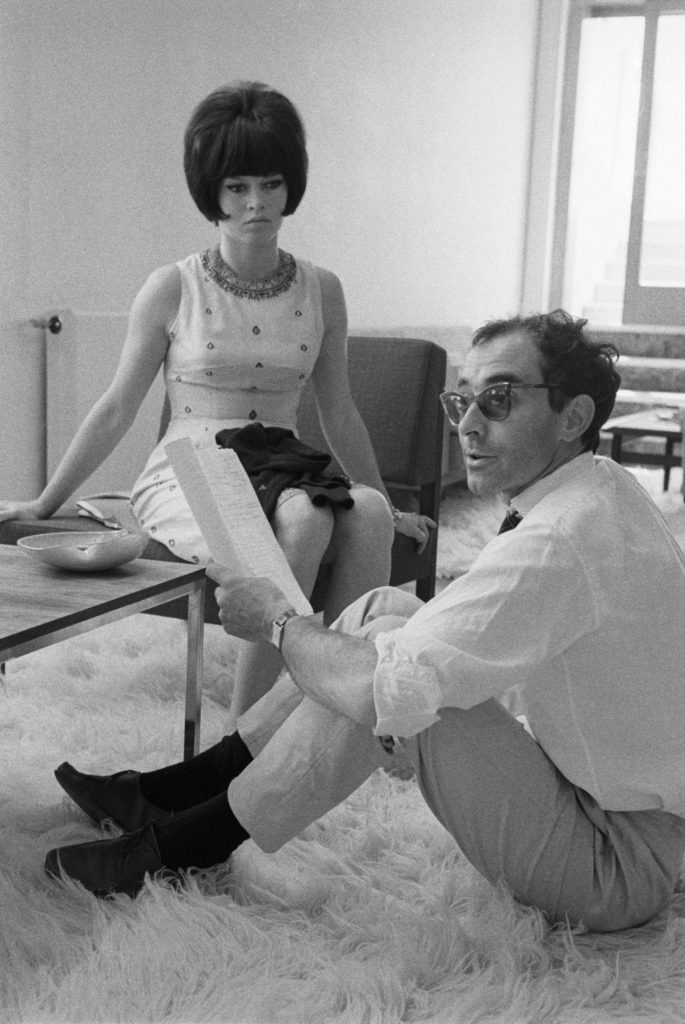
Gamma Rapho
All week people have asked me to define his influence. The convention is to cite the Hollywood mavericks of the late 60s, from Arthur Penn and Bob Rafelson, Robert Altman and Alan J Pakula to the Movie Brats of Coppola, De Palma, Scorsese, Spielberg and Lucas. They all loved the French New Wave, Truffaut even appearing in Spielberg’s Close Encounters. It’s no exaggeration to say we wouldn’t have Star Wars without Jean-Luc Godard, nor The Godfather, nor Taxi Driver nor Goodfellas. Of course, we wouldn’t have Quentin Tarantino, whose production company was named A Band Apart and whose classic dance scene in Pulp Fiction with John Travolta and Uma Thurman is inspired by the jukebox “Madison Dance” in Bande à Part with Sami Frey, Anna Karina and Claude Brasseur. Bande à Part gave us Reservoir Dogs, Pulp Fiction, Jackie Brown, Kill Bill, True Romance and From Dusk to Dawn – all inspired by a Godardian attitude and approach.
Everyone’s got a Godard story. I once danced the “Madison” with Anna Karina on stage at the NFT, although she pretended to have forgotten the steps and let me lead. She told a story of Godard in a jealous rage throwing her down the stairs. The room fell into an awkward silence but she was proud of her status as his muse and for giving her the life she had, having spotted her in a Palmolive commercial in a bubble bath. He it was who spotted Juliette Binoche on a polaroid and cast her unknown in Je vous Salue, Marie (Hail Mary) in 1985, a film accused of blasphemy and which provoked protests in cinemas across Europe and
Ireland, was banned in Argentina and Brazil, condemned by Pope John Paul II and which earned Godard a shaving-cream pie in the face at Cannes from notorious entarteur Noël Godin.
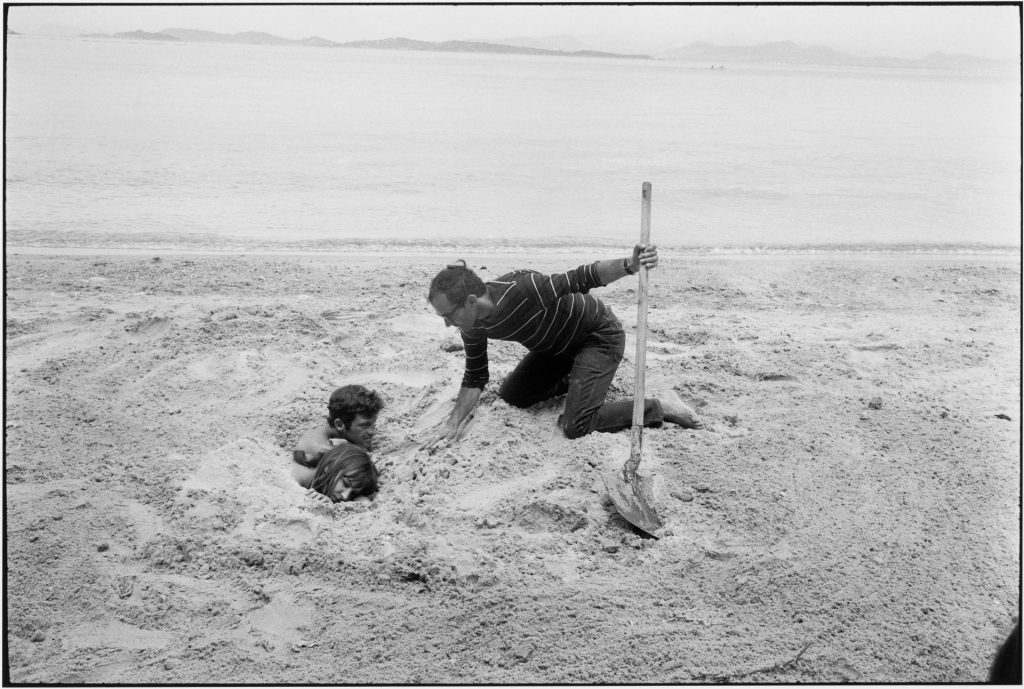
I spotted Godard at Cannes in 2005 after the biggest scrum I’ve ever experienced there, professional critics screaming and trying to get into the screening of Notre Musique and its press conference, at which Godard sat silently while letting a technicians’ union member rail against the government.
In 2018, he held a Cannes press conference for his extraordinary late masterpiece The Image Book. But he turned up on FaceTime and answered questions on an iPhone held aloft by his cinematographer, a virtual press conference 18 months before entire film festivals went virtual.
Although many critics became irritated with Godard after 1968 (I was always surprised that my colleague at the Observer, the late Philip French, was so dismissive of him), when he embarked on radical Maoist political polemics having felt “behind the times” during the 1968 évènements that led to him getting that year’s Cannes shut down for being irrelevant while students rioted in Paris. Not being cutting edge bothered him and he pushed for cinema’s continued purpose, using video, documentary and TV to increasing shrugs of indifference from audiences, whom in any case he didn’t really care about.
But it shouldn’t be forgotten that he did return with a remarkable body of 21st-century films: In Praise of Love, Our Music, Film Socialisme, the brilliant 3D experiment Adieu au Langage in 2014 and finally The Image Book in 2018, a film you have to just watch and let in, rather than understand. None are traditional narrative films but collages, mosaics of images and fragments with a cumulative artistic, political and cultural power. His obsessions with antiquity, with the Middle East, his anti-Zionism, his maddening purity, his arrogance, his self-declared genius and haughty intellectualism – if you don’t like them, these films said, “allez vous faire foutre”.
I wouldn’t really want to watch any of the later films again, but I’m glad I’ve seen them and snippets remain burned on my retina and soul. No other artist this century has come close to dealing with the limits of cinema like Godard, his radicalism testing and teasing to the end. You can feel his pain at the limitations of image to convey true meaning or inspire thoughts of revolution in the viewer.
My other Godard story is fundamental, existential you could say. On my first night in Paris in 1991, I joined up with a few other students who’d arrived for their year abroad. There was an idea to meet at the Alliance Française, just by the Jardins du Luxembourg. On arriving, we saw it happened to be cinema night and they were showing À Bout de Souffle, so a few of us went in to the cinema, because it felt like the French thing to do and I’d never seen this movie.
I say cinema. It was a big room, with a few rows of plastic chairs either side of a central aisle, at the end of which sat an old school home movie projector, with a pull-down screen – proper film club stuff – and as soon as the first frame crackled on to that screen, I was agape. I’d never seen anything like this film, anything as cool as this Belmondo character or as breezy as Jean Seberg’s Patricia. And it was as if they were right there.
They looked in the mirror, chatted on unmade beds, and smoked while the jump cuts and jazzy score created a universe. There was some kind of plot, nothing too complicated. Maybe there weren’t even subtitles on this print, but we knew Belmondo was on the run, yet he still had time to think, flirt, and smoke. “Si vous n’aimez pas la mer, si vous n’aimez pas la montagne, si vous n’aimez pas la ville… allez vous faire foutre!”
You didn’t need a French degree to understand that. And if you don’t get it, well, you know what you can do.
It might have been the end of the line for Belmondo’s Michel, but for me it was the beginning of a love affair with cinema.
Like they say about your first heroin hit, you never quite get that high again, but you chase it for ever. Godard’s own films have provided such comparable thrills, particularly Pierrot le Fou and Bande à Part while Deux ou Trois Choises Que Je Sais d’Elle (Two or Three Things I Know About Her) is one of my favourite movie titles, so casually intimate, so tantalisingly sexy, even if he does bang on about Vietnam just a bit too much. There’s La Chinoise, too, and I’ve always got time for Une Femme est Une Femme.
Cinema definitely needs a new wave right now, a new Godard, a film and a film-maker to change the history of a withering art form as it settles too cosily, to flatly into the TV and computer screen.
We seek that jolt of energy Godard gave us every time the lights go down – and I still believe it’s possible. It’s not pretentious to love Godard movies, it’s essential. They wake you up, fizzing with ideas and cleverness. You can’t love movies, you can’t love life, you can’t think or feel properly if you don’t love Godard. The trouble is, even in death, Jean-Luc Godard feels more alive than the art form he left behind.


